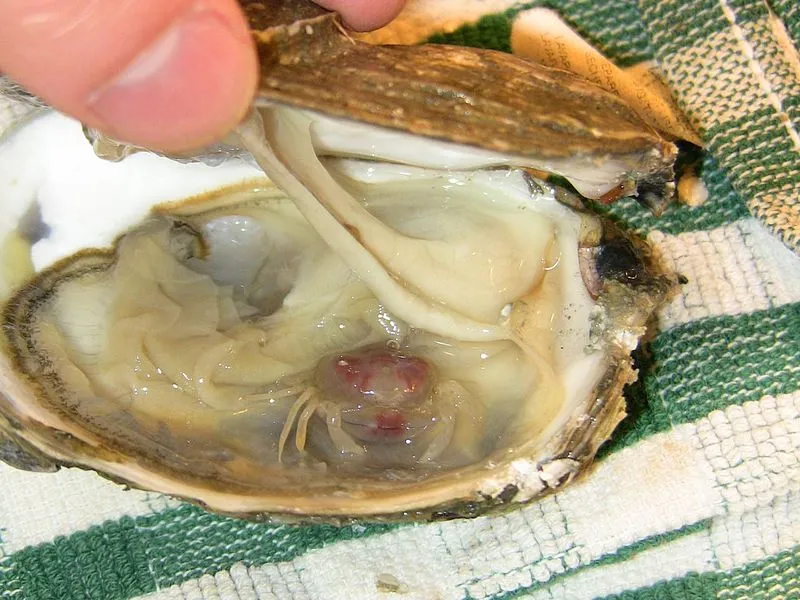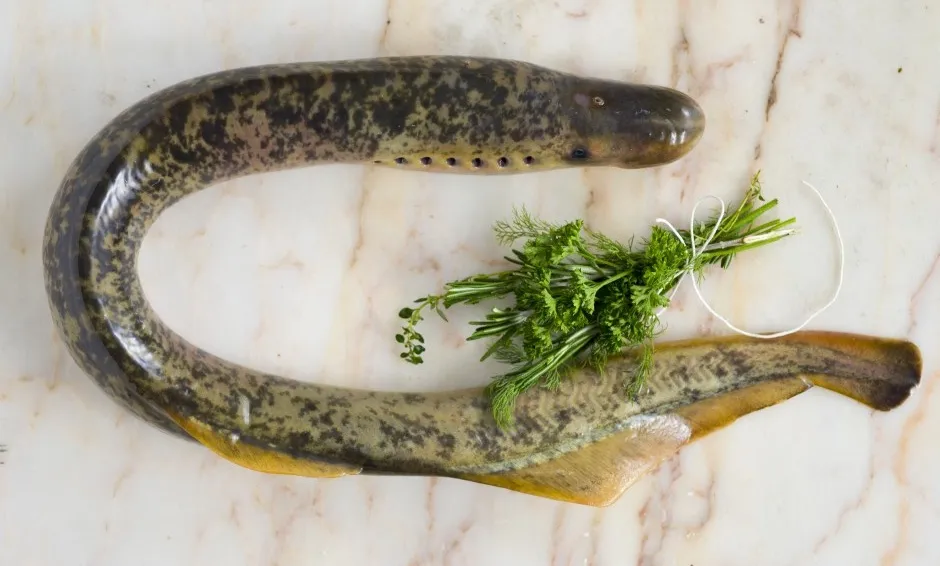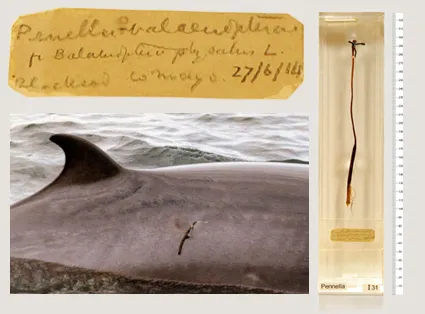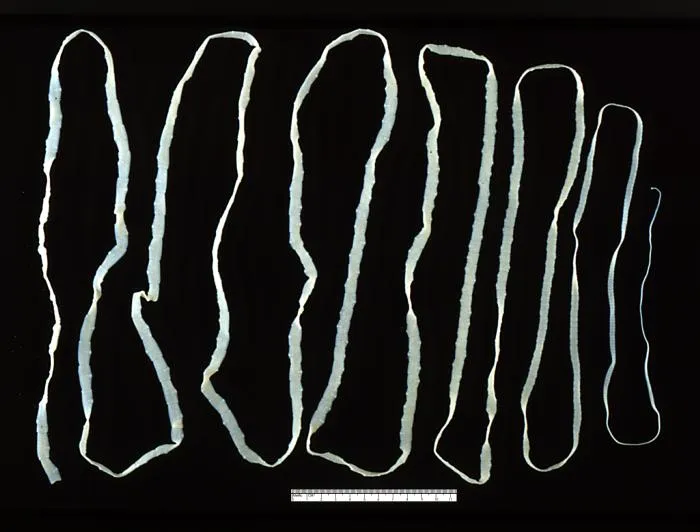Five Parasitic Species People Love to Eat
From tapeworms to lampreys, some people don’t mind eating the bloodsuckers
/https://tf-cmsv2-smithsonianmag-media.s3.amazonaws.com/filer/6a/c1/6ac1b9de-1240-4d04-abdb-7b0347ef6df9/fungi.jpg)
Eating parasites might sound off-putting, but plenty of people around the world consider certain parasitic species delicacies. (If you're already feeling grossed out out, just remember, some people find stinky, moldy, delicious cheese disgusting.) Aided by a group of curious ecologists, at National Geographic, Carl Zimmer recently rounded up a few examples of edible parasites that the ecologists had come across in the field. Here are several examples they came up with:
Pea crabs
These tiny crustaceans take up residence within shellfish. Usually, they make themselves known when someone eating oysters gets an unexpected surprise, but others seek out pea crabs as a delicacy unto themselves. As Zimmer points out, George Washington was a fan; he loved them in his oyster stew.

Lampreys
These blood-sucking primitive fish latch onto the flesh of other species. But people also like to eat them. As senior wildlife ecologist Warren Aney wrote to the ecologists' listserv, "The Pacific lamprey (Lampetra tridentate) is an important and highly valued food species by indigenous peoples of the Pacific Northwest. They continue to harvest this species mostly by hand at anadromous migration concentration sites such as Willamette Falls in Oregon." They're also still baked into pies in the U.K.

Pennella balaenopterae
Described by parasitologist Robin Overstreet as "a poorly understood [crustacean] species that can grow to monstrous proportions," this parasite lives in whale blubber. Inuit people eat it raw and especially enjoy slurping down "the 'sweet' contents of the blood-filled neck."

Woodcock tapeworms
As one commenter pointed out to Zimmer, in France, wild woodcocks (a type of bird) are often trapped and roasted whole. Once cooked, the teeming masses of tapeworms found in those birds' guts is ground into a delicacy known as bécasse pâté.

Huitlacoche
This grey fungus grows on corn ears, but in Mexico it's also served smothered in cheese and wrapped into a quesadilla.

/https://tf-cmsv2-smithsonianmag-media.s3.amazonaws.com/accounts/headshot/Rachel-Nuwer-240.jpg)
/https://tf-cmsv2-smithsonianmag-media.s3.amazonaws.com/accounts/headshot/Rachel-Nuwer-240.jpg)